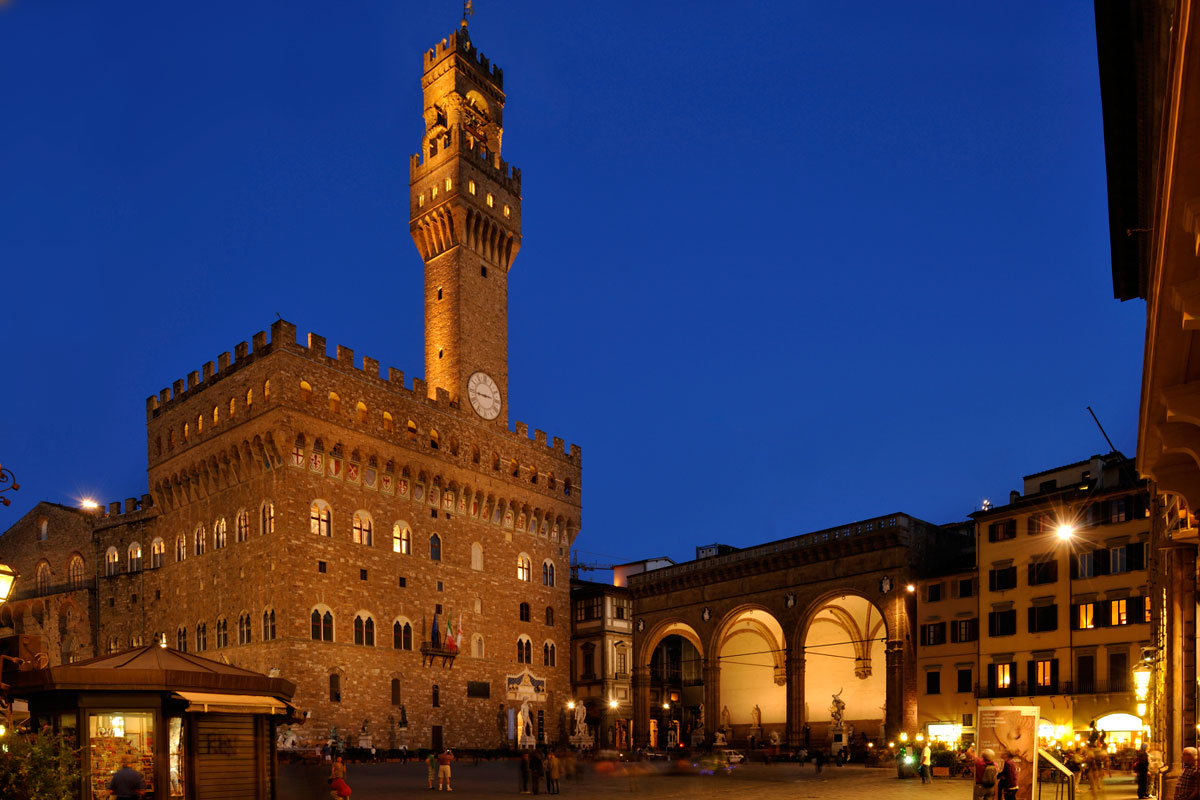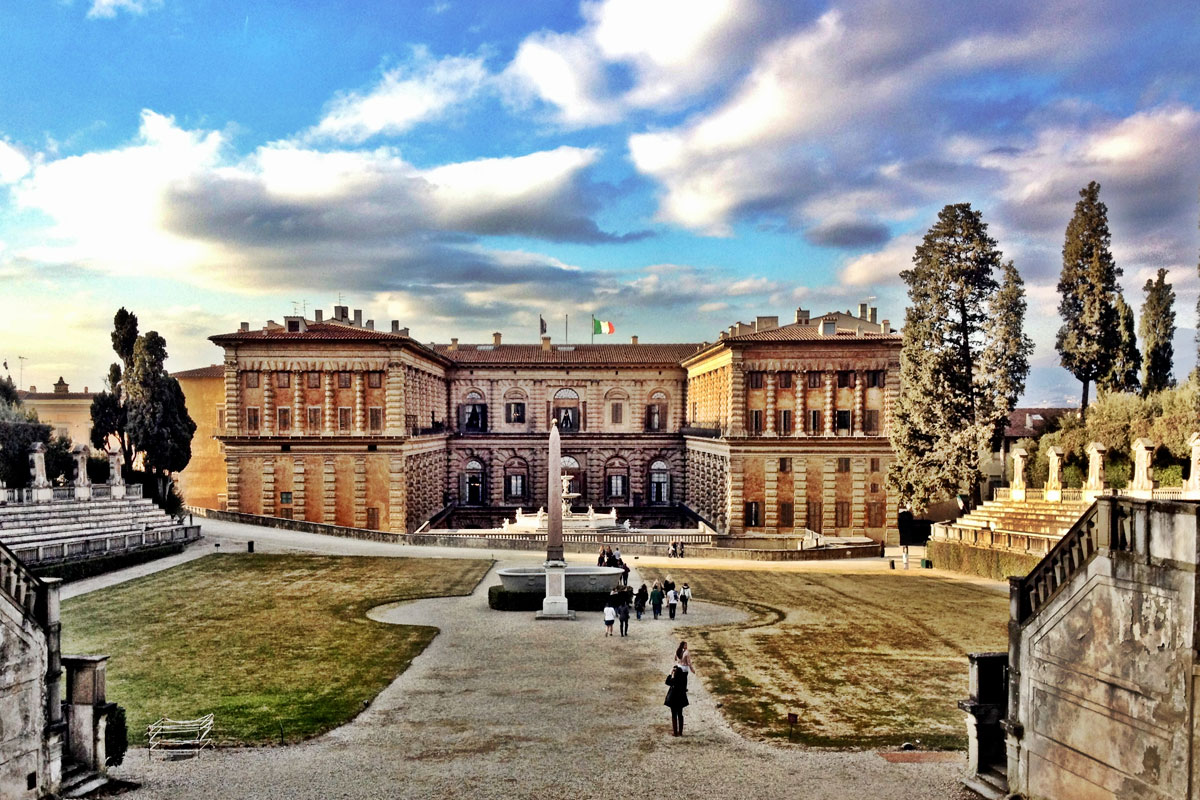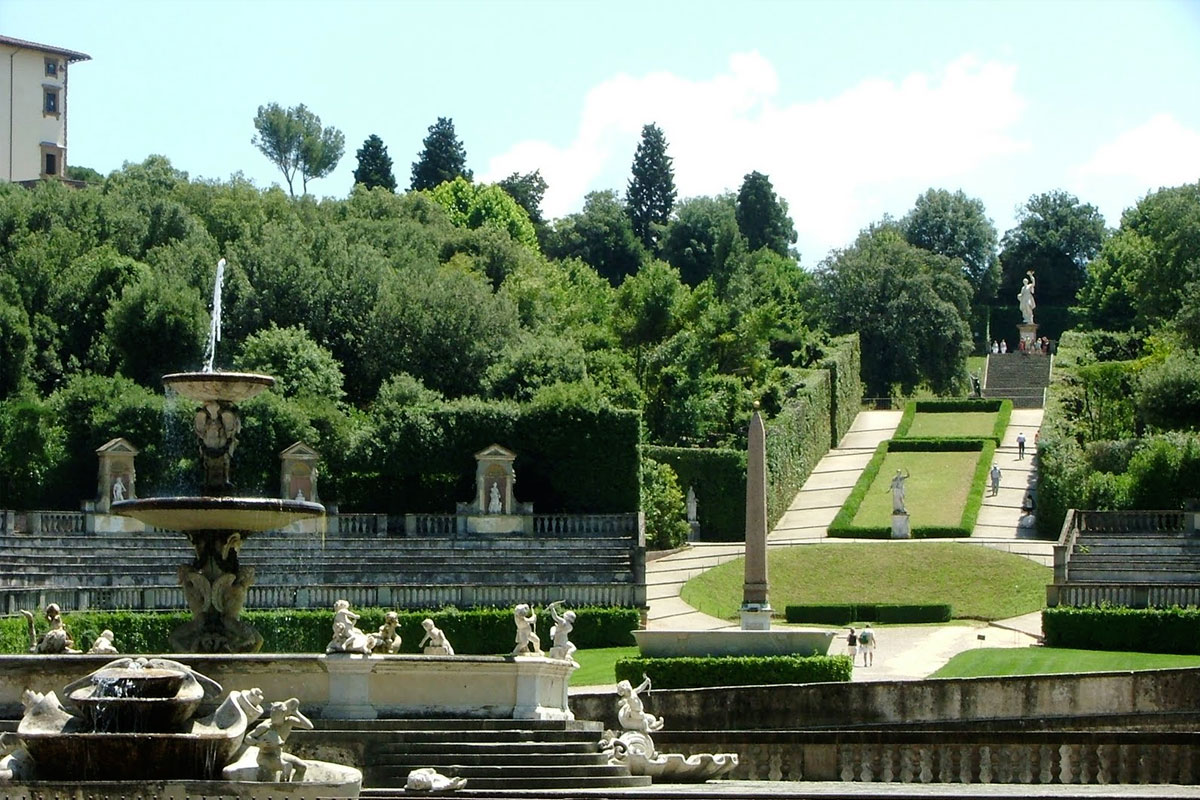Hotel PalazzuoloFirenze
PIAZZA DELLA SIGNORIA
Piazza della Signoria has been the centre of Florentine politics since early in the republic's history. It was in 1268 when, upon the ruins of 36 houses that were demolished, this famous "L" shape square became history: no other buildings were ever constructed to take their place. The square's name derives from the Palace, designed by Arnolfo di Cambio in 1298, where the "signoria", the government of the Republic, resided...
PONTE VECCHIO
Originally, this world famous Bridge was built to allow access over the widest part of the Arno. Throughout history the bridge has been rebuilt and restored many times. Destroyed in 1117 by a flood, the bridge was rebuilt in stone only to be devastated again in 1332 by a fire. Due to the enormous amount of traffic crossing over the bridge, many artisans and merchants decided to set up shop on the bridge itself. The first merchants were: blacksmiths, butchers, and tanners...
CHIESA SANTA MARIA NOVELLA
Piazza Santa Maria Novella is one of the largest squares in the historical city center. It had to be enlarged several times in order to contain the crowds of people which came to hear the preaching of the Dominican monks. The Dominican Basilica takes up one part of the square where the convent can be found along with the ancient Pharmacy...
PALAZZO PITTI
Palazzo Pitti is situated in the first great square in the area beyond the Arno, at the feet of Boboli. Commissioned in the second half of the 15th century, by the banker Luca Bonaccorso Pitti to Filippo Brunelleschi, the Palace has a long history of various works and extensions which have lasted throughout four centuries. Palazzo Pitti actually is larger than its original smaller body dimensions which consisted of two floors. In 1550 the Palazzo was purchased by Cosimo I De Medici and, in 1558...
BOBOLI GARDENS
This park, behind the Pitti Palace, staged along the slope of the hills of Boboli (320,000 square meters) and is accessible also from the Piazza. The name was probably derived from the "Borgoli" or "Borgolini" family, who owned houses and land in this area. The fame of the Boboli Gardens however originated with the Medici's, who called Niccolò Pericoli, nicknamed the "Tribolo", to design the garden. Between 1150 and 1558 - the year the artist died - he created the Boboli, his work of art of "green architecture"...




